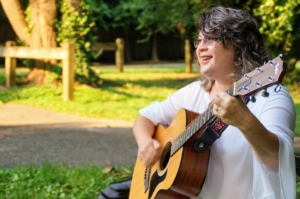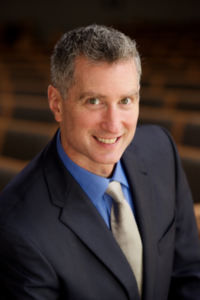A Space for God
I am in the thirty days of mourning. My older brother died earlier this month. Each night I try to say kaddish at a synagogue. The quality of my prayer experience depends upon the feeling I get from the space I am in. Yet, it isn’t necessarily the architecture or the décor that creates a sacred space.
Synagogue architects design holy places to foster transcendence, a connection to something incorporeal and ethereal. People often need a physical structure to foster a connection to something greater than themselves. Are we inspired by a physical place to gather with God?
In this week’s Torah reading, God instructed the Hebrew people to construct a mikdash. The structure provided God with a place to dwell among the people. Yet, God didn’t need a physical place. The people needed the mikdash.
To this day, the physical construct remains a powerful inspiration for an encounter with the Divine. Yet, a building alone is not sufficient for me to denote a space as sacred.
Many structures are deemed sacred. For example, the Mormon Temple in Maryland is a majestic and pristine building. The alabaster edifice evokes a sense of holiness. The exceedingly high spires seemingly reach to the heavens. The Angel Gabriel blasts his horn to call us to gather. It is magnificent and, yet, it is not my holy place.
In a medical journal, Dr. Pamela Adelstein wrote that her sacred space is an examination room. Yes, these rooms are cramped and sterile. Yet in these examination rooms, doctors and patients share an intimacy that promotes the holy work of healing body and mind. Dr. Adelstein encourages us to approach health care as a sacred collaboration.
Dr. Adelstein teaches us that it is not the building, room, or structures themselves that create a holy place. It is the people who make a space sacred. In fact, some temples, churches, and synagogues seem sterile to me while doctor’s offices sometimes engender holiness. When I enter a synagogue and no one greets me, even when they know I am a mourner, that place is bleak, no matter how beautiful the building is.
I’ve tried zoom services to say kaddish as well. Being alone while saying kaddish, feels insufficient for me if I am able to join in person. My preference is to be in a space with other people.
After all, the word kaddish means sanctified or holy. Holiness is where God may dwell. I sense God in a genuine greeting, and a warm embrace. Compassionate people are the amen to my prayers.
Generally, it is not the building that makes a space holy. Rather it is the way people are present in the space. There is a Godly presence that can be perceived when caring is foremost among the people assembled in prayer. People gathering to bring God close makes a space sacred.
Rabbi Evan J. Krame






 Evan J. Krame was ordained as a rabbi by the
Evan J. Krame was ordained as a rabbi by the